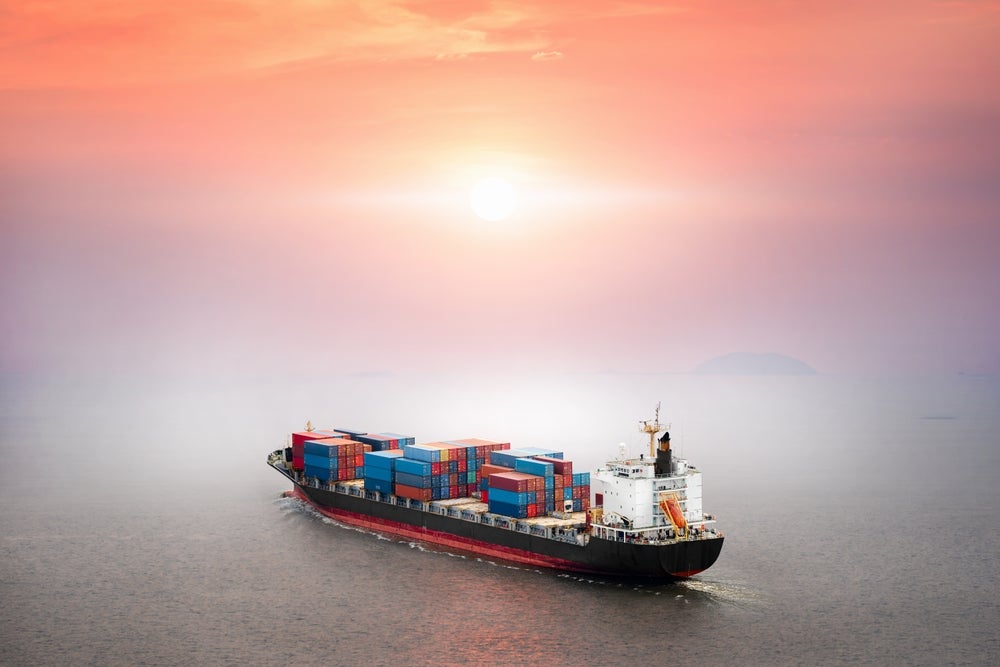The global ocean cargo industry, responsible for transporting over 90% of global trade by volume, has reached a critical point. Geopolitical instability, fluctuating demand, and evolving regulations have introduced new complexities, forcing carriers to reassess their operational efficiency and revenue management strategies.
At the heart of this challenge lies a persistent and often overlooked issue – revenue leakage. While many shipping lines focus on expanding their fleets and optimising routes, hidden inefficiencies within their own systems continue to drain profitability.

According to EY, revenue leakage in the container shipping industry is estimated at 1%-5% of EBITA, a staggering figure considering that the global container shipping market size is estimated at $119.65bn in 2025. This means that even a 1% revenue leakage could translate into billions of dollars in lost income annually.
The implications extend beyond financial performance – lost revenue also affects market competitiveness, leading to higher costs for businesses and consumers. Identifying and eliminating these hidden leaks is no longer a choice; it is an operational necessity.
Understanding the revenue leakage problem
Revenue leakage occurs at multiple touchpoints in the ocean cargo lifecycle, from the moment a sale is made to an empty container being released for stuffing, through its final delivery. Each of these touchpoints presents opportunities for errors, inefficiencies, and missed revenue collection.
One of the most prevalent causes of revenue leakage is invoicing errors. Given the vast number of documents involved in ocean freight – such as bills of lading, supplier invoices, or shipping instructions – errors or omissions in these documents often lead to incorrect invoicing.

US Tariffs are shifting - will you react or anticipate?
Don’t let policy changes catch you off guard. Stay proactive with real-time data and expert analysis.
By GlobalDataMistakes in cargo weight, misclassification of goods, or failure to include surcharges and fees can result in carriers undercharging or overcharging customers. Undercharging directly impacts profitability, whilst overcharging risks customer disputes and reputational damage. A lack of transparency in the billing process exacerbates these issues, making it difficult to track and rectify revenue discrepancies.
Many companies lack the analytics capabilities to identify where capacity could be better optimised, leading to unnecessary revenue loss.
Another significant factor is underquoting and discounting, often stemming from ineffective pricing strategies and the absence of robust rate management tools. Trade managers rely on market insights to determine pricing, but without automated processes, it becomes difficult to update and communicate rate changes efficiently to sales teams.
Operational inefficiencies further contribute to revenue leakage. Inefficient cargo handling, container turnaround delays, and suboptimal vessel utilisation translate into lost revenue opportunities.
When vessels sail with underutilised capacity or face delays due to poor planning, carriers miss out on potential earnings. Many companies lack the analytics capabilities to identify where capacity could be better optimised, leading to unnecessary revenue loss.
The digital solution to revenue leakage
Given the transaction volumes and complexity of ocean cargo operations, manual methods are no longer sufficient to track and prevent revenue leakage. The solution lies in digitalisation, which enables carriers to take a proactive approach to revenue management by leveraging technology to increase visibility, automate processes, and enhance decision-making.
One of the most transformative tools in revenue protection is advanced data analytics. AI and machine learning-driven algorithms can scan vast datasets to identify pricing discrepancies, invoicing errors, and fraudulent activities. By automating these analyses, shipping companies can uncover hidden revenue leaks in real time rather than months later during audits.
By replacing manual data entry with automated systems, carriers can ensure pricing accuracy, timely invoicing, and efficient financial management.
Real-time monitoring and tracking provide another layer of protection by giving carriers full visibility into supply chain movements. With digital tracking systems, deviations, unauthorised stops, or inefficiencies can be identified and addressed immediately – reducing financial losses due to mismanagement or theft.
Real-time analytics also enable carriers to detect potential risks and take corrective action before revenue losses escalate.
Pricing and invoicing automation is another critical step. By replacing manual data entry with automated systems, carriers can ensure pricing accuracy, timely invoicing, and efficient financial management. These systems help prevent errors in rate application, detect anomalies in billing, and streamline contract enforcement, minimising revenue leakage across all transactions.
The road ahead: a digital-first future for ocean cargo
As ocean carriers face increasing pressure to maximize profitability, eliminating revenue leakage through digitalisation must be a top priority. The industry can no longer afford to operate with outdated, error-prone systems that drain resources and erode margins.
Companies that embrace AI-driven pricing models, predictive analytics, and automated financial workflows will be better positioned to navigate market volatility, reduce inefficiencies, and protect their bottom line.
Beyond financial gains, digitalisation will also improve customer satisfaction by ensuring transparency, pricing consistency, and efficient dispute resolution. 88% of cargo owners with a greater level of digitalisation agree that it leads to higher customer satisfaction and improved customer experience.
Customers expect a seamless, predictable experience, and those carriers that can deliver reliable, data-driven services will gain a competitive edge in the market.




